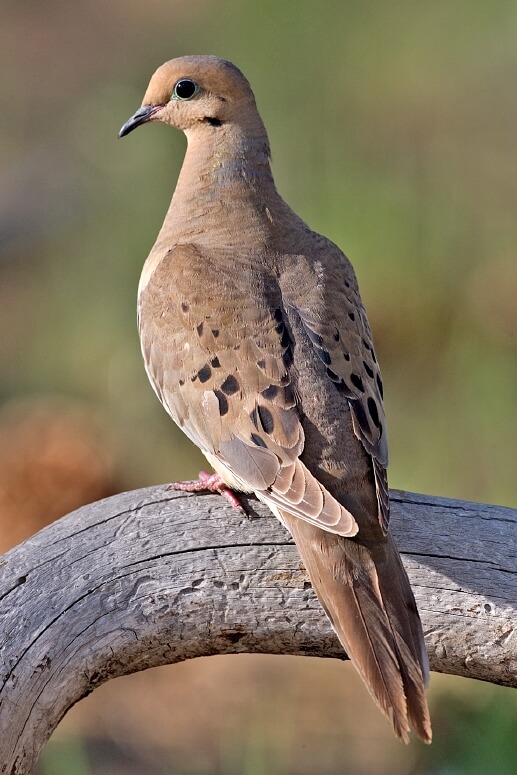Facts About Mourning dove
The mourning dove, a familiar sight across North America, belongs to the dove family Columbidae. It is also known as the American mourning dove, rain dove, turtle dove, Carolina pigeon, or Carolina turtledove. These birds are ubiquitous and are a popular choice for game hunting, with millions being hunted each year for sport and food. They are prolific breeders; a single pair can raise multiple broods annually. Known for the whistling sounds their wings make, mourning doves are powerful fliers, reaching speeds of up to 55 mph. They primarily eat seeds and feed their young with a special substance called crop milk.
The mourning dove was initially classified alongside the passenger pigeon. Over time, naturalists and taxonomists refined their classifications, and the mourning dove is now placed in the genus Zenaida. There are several subspecies with overlapping ranges across North and Central America. Its name derives from its distinctive, mournful call. Interestingly, it was once thought to be the closest living relative of the now-extinct passenger pigeon.
Mourning doves are light gray and brown, with males and females appearing quite similar. They are monogamous and form strong pair bonds, engaging in courtship rituals, nest building, and jointly caring for their young. These birds are known for their high breeding rates, which help offset their high mortality rates. Mourning doves exhibit unique behaviors such as sunbathing, dust bathing, and gathering in communal roosts.
Their diet consists primarily of seeds, and they have a knack for finding a variety of plant seeds. They drink water by suction and are frequent visitors to bird feeders. Predators like birds of prey target them, and they can also suffer from parasites and diseases such as tapeworms, mites, and avian pox. Despite being a popular gamebird, their large population and wide range mean they are not currently at risk of extinction.
Mourning doves hold a special place in culture and the arts. They symbolize peace in some regions and have appeared in various literary works and songs. Native American literature and contemporary poetry often mention mourning doves, highlighting their cultural significance.

 El Salvador
El Salvador